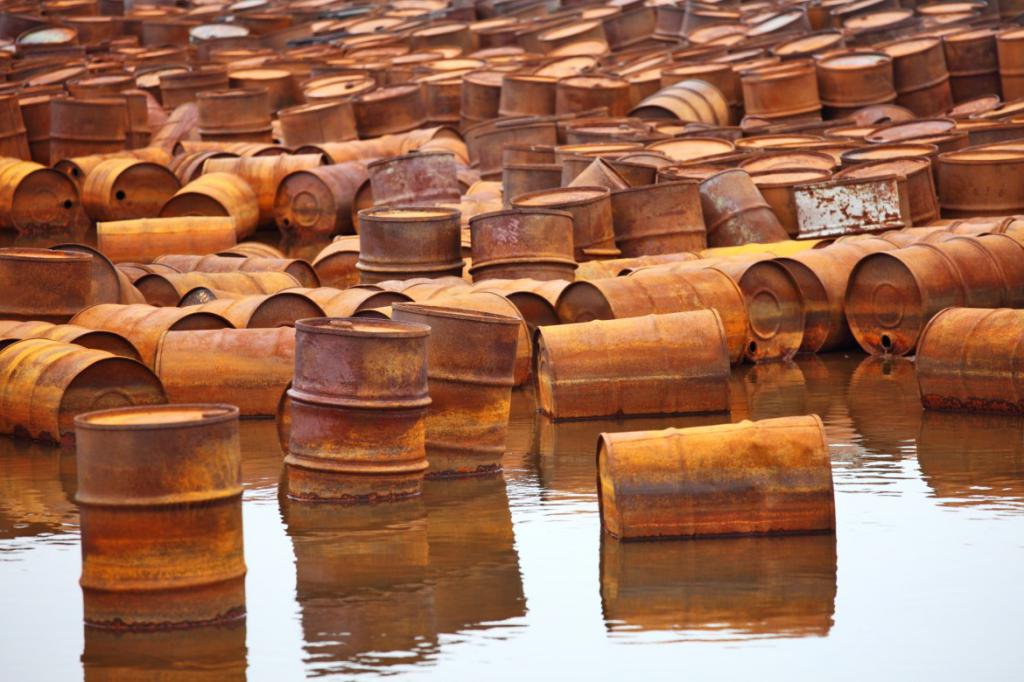Safe handling of all kinds of waste is one of the most important environmental problems. Industrial waste and consumption are a source of environmental pollution. In this case, the spread of hazardous substances that adversely affect human health. That is why it is important to follow the accounting and waste management procedures.
Types of waste
The classification of materials representing waste is carried out to determine the best options for solving the problem of handling them. Understanding the type of a waste, specialists optimally collect and store it, transport and dispose of it, render it harmless and process it.
There are many signs by which numerous residues are divided into different groups. These same groups largely determine the order of waste management. But mainly for the purpose of using materials and equipment, the remains of which are turned into garbage, emit industrial waste and consumer waste.
Wastes of production are the remains of raw materials, materials, any semi-finished products formed during the production of products that have partially or completely lost their quality or do not meet the standards. Some of these residues, after special refinement, may well be used as raw materials or a finished product.
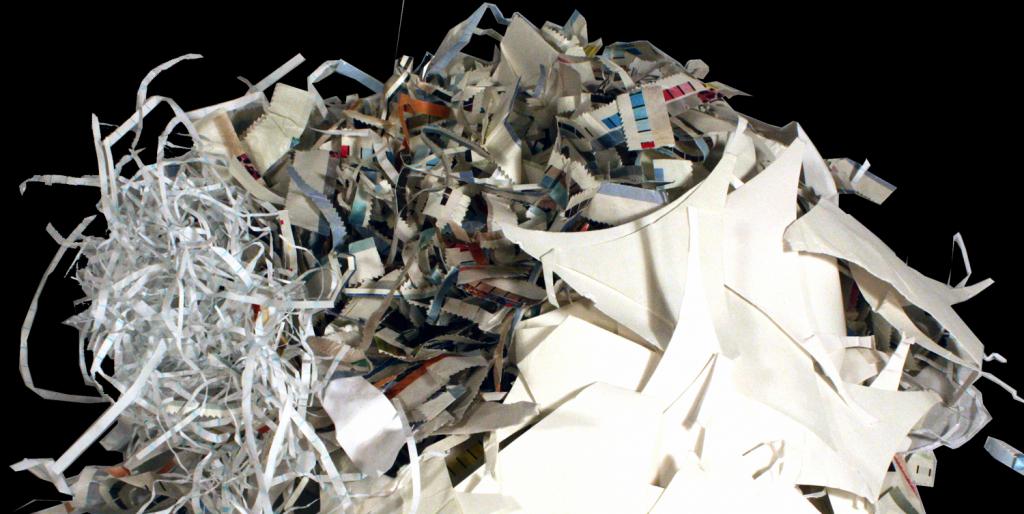
Waste products are usually called worn products, as well as waste materials, which are not economically feasible to recover. A small part of such waste can return to the production cycle without additional processing. They are called returnable waste. The rest, non-repayable waste without special processing cannot be returned to production. It is the order in which waste from production and consumption is handled that determines the fate of the scrap.
Waste can be classified by hazard, state of aggregation, industry or source of occurrence. It is also worth noting that each area of production has its own waste classification system. But at the same time, even at one enterprise, garbage of the same type cannot be formed, since along with technological solid household waste will inevitably be generated.
Waste hazard
The most important is the management of hazardous waste. This is due to the fact that the conditions of collection, the order of transportation, the method of disposal of residues depend on toxicity, fire hazard, the content of infectious pathogens, and the reactivity of some substances.
The toxicity of substances is determined by the ability to cause serious acute or chronic diseases, including cancer. The route of entry into the body can be different: through the respiratory tract, digestive system or in contact with the skin. In this case, acute toxicity may occur if a one-time contact of a substance of a high concentration has occurred, or chronic if a person repeatedly interacts with the same substance, but of a lower concentration.
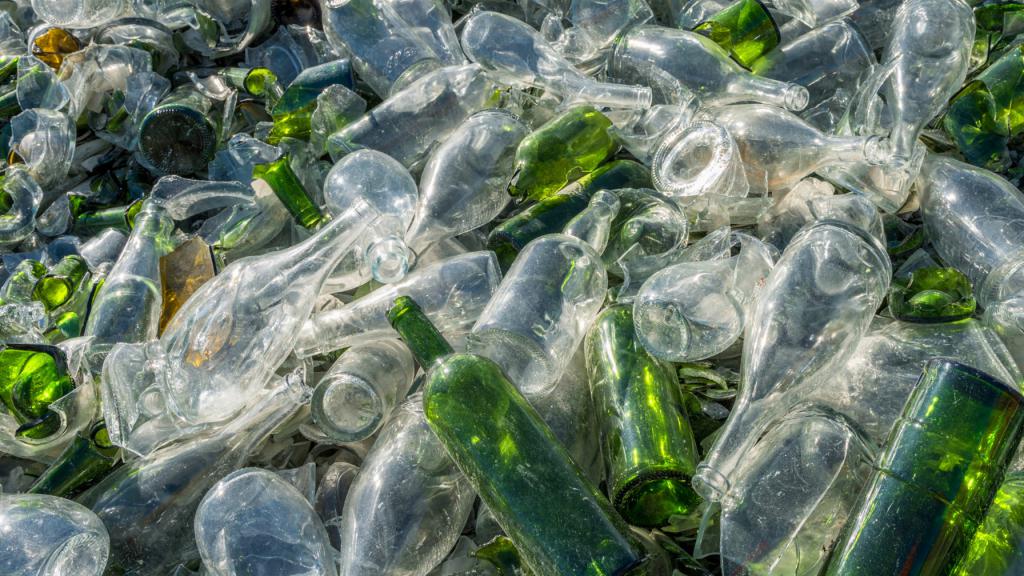
The fire hazard of a scrap is determined by its ability:
- emit flammable compounds at a temperature not exceeding 60 ° C in a closed container or not more than 65.5 ° C in an open;
- easily ignite, as well as cause or intensify a fire from friction;
- spontaneously warm up under normal conditions, as well as from contact with air, followed by spontaneous combustion;
- spontaneously ignite from contact with water or emit flammable substances in dangerous quantities.
Hazard classes
In accordance with regulatory documents that determine the procedure for waste management and production control, according to the degree of negative impact on the environment, waste is divided into 5 hazard classes.
| Degree of harmful effect | Hazard Classification Criteria | Hazard Class |
| Very high | The ecosystem is irreversibly damaged, has no recovery period | I - extremely dangerous |
| High | The ecosystem is severely disturbed, after eliminating the source of exposure, restoration will take at least 30 years | II - highly hazardous |
| Average | The ecosystem is broken, its recovery after reducing the impact from an unresolved source will be about 10 years | III - moderately hazardous |
| Low | Ecosystem is broken, but self-healing in 3 years | IV - low hazard |
| Very low | The ecosystem has virtually no disruption | V - practically harmless |
Waste certification
The accounting procedure in the field of waste management related to hazard classes I – IV provides for the compilation of passports for them. The certification procedure, as well as standard forms of passports, is determined by the Government of the Russian Federation. It is carried out by Rosprirodnadzor through its territorial bodies, as well as by individual entrepreneurs or legal entities themselves, in the course of which these wastes were generated.
The passport of a particular waste is compiled on the basis of data on its composition and properties, as well as after an assessment of its hazard. It contains the following information:
- classification code exit code;
- component composition;
- name of the process during which this waste was generated;
- information about the business entity (enterprise).
The component composition of the waste is established as a result of analyzes carried out by an accredited laboratory, and is also based on technological regulations, technical specifications, standards and other documentation. In accordance with the waste management procedure, a copy of such a document is necessary for transportation, disposal, disposal or use of waste. The passport must be agreed with the territorial authority of Rosprirodnadzor.
Production control for waste management
The procedure for monitoring compliance with legislative requirements in the field of waste management should be developed by the legal entities themselves, in the production activity of which this or that type of garbage is generated. In accordance with the legislation, a number of documents should be developed at the enterprise and necessary orders issued, in accordance with which its employees must handle the scrap. The main one from this list is the "Procedure for the implementation of industrial control in the field of waste management".

This procedure is a local regulatory act issued by a legal entity and coordinated with executive authorities in the constituent entities of the Russian Federation (usually Rosprirodnadzor). Today there are no uniform requirements for its design established at the federal level. However, the territorial bodies of Rosprirodnadzor recommend the following sections:
- General Provisions It usually refers to legislative acts providing for the need to develop waste management procedures and conduct production control.
- The goals and objectives of industrial control in the treatment of waste. A standard unified section, the keywords of which can be called “control”, “verification”, “provision” and “provision of information”.
- General information about the organization. In addition to the details of the legal entity, the section describes the main areas of activity.
- Description of the organizational accounting system and waste management procedures at the sites of the business entity. The officials who are responsible for carrying out operations related to waste, including direct production control and the development of instructions, are indicated here.
- Description of facilities that are subject to production control during waste management. The section describes the main groups of waste generated during various processes of the enterprise.
- Monitoring the implementation of restrictions on the negative impact on the environment. Schedules of the implementation of eco-analytical control, the main planned activities, the frequency of their implementation and performers are given.
- Monitoring compliance with the requirements for the prevention and / or elimination of emergencies arising from waste management. The section indicates possible emergencies that may arise at any stage of the handling of the scrap, as well as the procedure for the actions of workers in case of their occurrence.
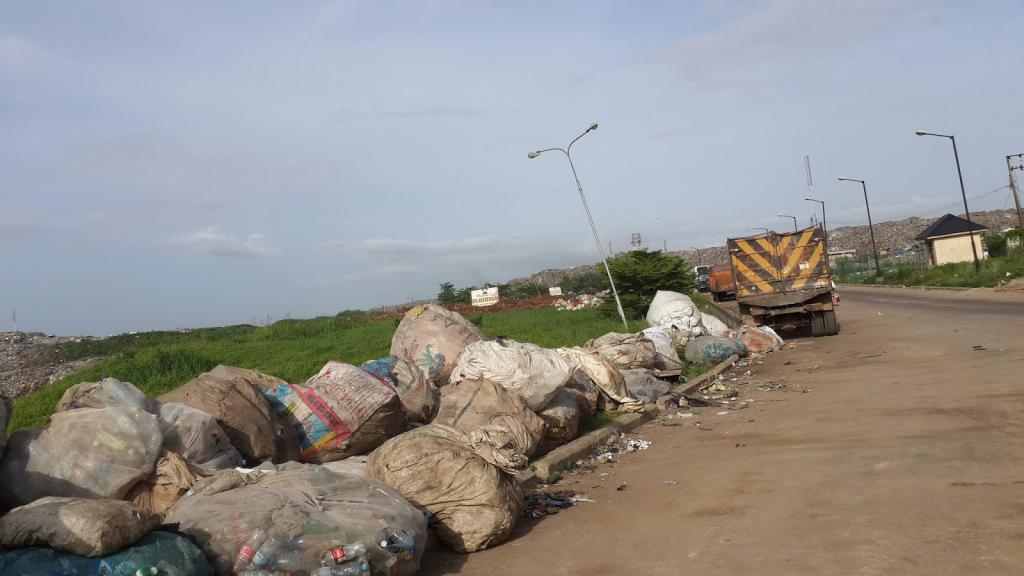
In addition to the provision on the waste management procedure itself, the package of production control documents in the form of annexes also includes copies of:
- Certificate of registration of a legal entity, as well as its tax registration.
- Passports of all types of waste generated at the sites of the enterprise.
- Information about the persons designated as responsible for the implementation of the control procedure in the waste management of a legal entity.
- Regulations on departments and laboratories that carry out production control, or job descriptions of appointed officials.
- Information on the qualifications of persons exercising control or its individual activities.
- Orders on the appointment of persons responsible for the treatment of industrial waste.
- Documents confirming the right to work with waste from the first to fourth hazard classes.
- Actual agreements with enterprises engaged in the placement, use or disposal of waste, as well as their licenses.
- Developed instructions on the procedure for waste management in the enterprise.
Goals and objectives of production control
Like any other waste management measure, production control has clear objectives. Firstly, it is designed to require compliance with all requirements stipulated by the legislation of the Russian Federation in this area, as well as the standards for the formation of garbage. Secondly, in the course of production control, compliance with the principles of rational use of resources, as well as measures aimed at their restoration, is monitored during the course of the economic activity of the enterprise. Thirdly, production control during waste management provides for the preparation and implementation of action plans in the field of environmental protection, as well as the prompt elimination of some causes of emergency situations. And finally, production control is designed to monitor the completeness and reliability of information in the field of waste management, which is necessary to calculate the payment for the negative impact on the environment.

To achieve the above goals, the production tasks in the field of waste management are set as follows:
- verification of compliance with the requirements stipulated by law, conditions, as well as restrictions on the operation of the enterprise;
- monitoring compliance with regulatory values and environmental impact limits;
- prevention of potential environmental damage due to the activities of the enterprise;
- monitoring the implementation of instructions drawn up by officials exercising state control in the field of ecology;
- verification of the implementation of existing plans and measures aimed at reducing the amount of waste;
- providing information on the environmental management system organized at the enterprise.
Construction waste
Construction and demolition waste is understood as various waste generated during the construction of buildings, roads, utilities, during their reconstruction, demolition and dismantling (except for highly hazardous ones). They are usually divided into overall, if such waste more than 2 m3 It is possible to load in a standard hopper, and oversized.
There is an extensive list of requirements stipulated by the procedure for handling construction and demolition waste in regulatory and industry documents.
| Collection and storage | The collection is carried out separately depending on the types, hazard classes, as well as other signs in order to ensure the processing, the necessary neutralization, as well as use as secondary raw materials. Temporary storage facilities for construction waste should be equipped in such a way that the possibility of contamination of soil, air and waterways is excluded. They should be fenced around the perimeter in order to prevent access by unauthorized persons. The maximum quantities of accumulated construction waste, their storage periods must comply with environmental requirements, SanPiNam, as well as fire safety rules. In places designated for storage of construction waste, loading and unloading mechanisms should be provided, with the help of which the movement and loading of waste should be carried out for removal from the construction site. |
| Transportation | Organizations and individuals from whose activity construction waste is generated must have contracts with recipients and carriers of waste. You can independently transport and process them if you have the necessary licenses. Waste should be disposed of in ways that exclude the possibility of loss, emergency situations or damage to the environment, people and other objects. |
| Disposal, disposal, disposal | Should be carried out taking into account modern available technologies at the request of regulatory documents. For example, the choice of concrete, sand, crushed stone and brick battle as isolation at solid waste landfills. If there are no enterprises and territories in the region for the removal of construction waste, then the procedure for managing construction waste involves its disposal at landfills for solid household waste. All possible components of construction debris must be returned for recycling. |
Accounting for construction waste
In order to reliably reflect the movement of construction waste, determine its volume and develop potential methods and ways of recycling, as well as compile reports for state statistics, enterprises should keep records of construction waste.
The accounting procedure in the field of waste management in the construction industry provides for:
- Primary accounting. It is carried out at facilities (construction sites) by waste owners. It is carried out by measurements and weighings, the data obtained are recorded in the book of accounting.
- Unified accounting. It is maintained in the book of general waste accounting based on primary accounting.
- Inventory of waste. It is necessary to determine the qualitative and quantitative characteristics of the scrap. It is carried out by officials appointed by the head of the enterprise.
Municipal waste
They include not only waste from private households (household waste), but also those generated in offices, shops, small factories, educational institutions and other municipal enterprises.Despite the fact that they have different origins, and also slightly differ in their properties, they are united by the fact that the responsibility for the disposal of such waste lies with the municipal authorities.
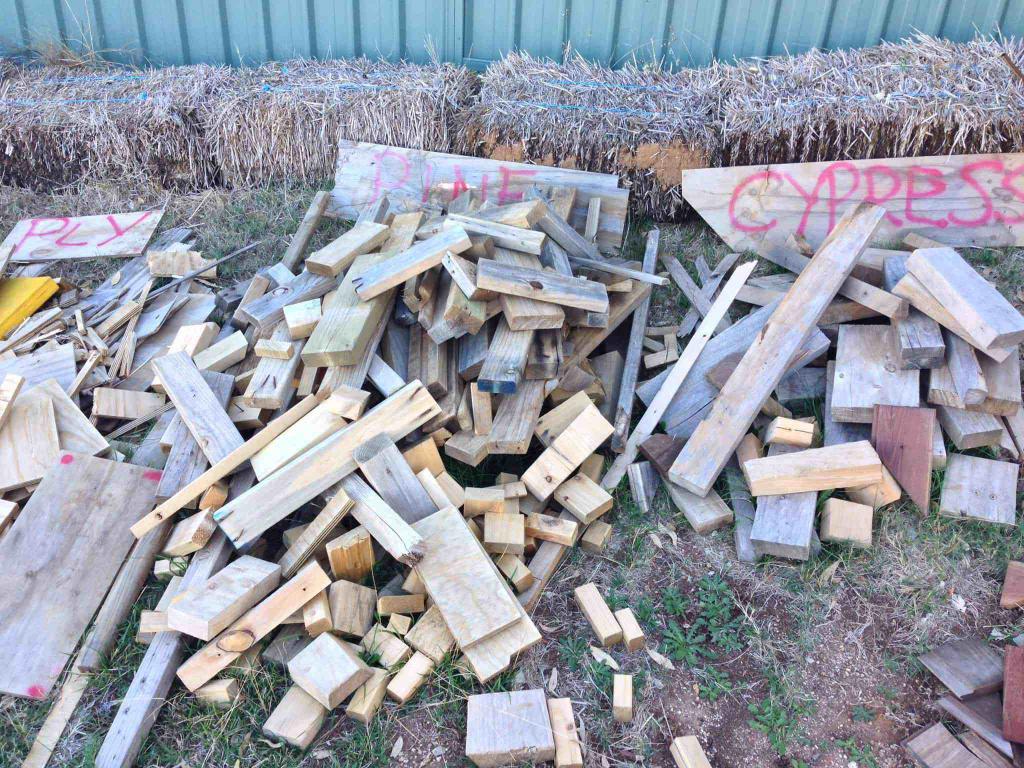
In accordance with the lists of the federal classification catalog, they include:
- housing waste;
- street estimates;
- industrial wastes that are similar to municipal;
- waste in the form of devices, equipment, products;
- waste from wastewater treatment generated during water treatment and water use;
- medical waste.
According to the procedure for handling solid municipal waste, all of them are transported for burial to landfills, as they are not considered toxic. However, up to a third of the annual precipitation seeps through the waste disposed at the landfills, while the toxic substances generated during the decomposition of solid waste enter the surface and / or groundwater. It has been proven that the filtrate contains such pollutants as phenol, thiocyanates, heavy metals, surfactants and others.
Medical waste
Medical waste includes a variety of garbage produced by any medical institution, as well as waste generated during treatment and preventive measures. The procedure for the treatment of medical waste is provided for by sanitary rules and regulations. It regulates:
- collection and temporary placement of harmful substances;
- various methods of neutralization (hazard classes);
- features of transportation to burial places;
- possible types of processing and destruction.

This procedure is mandatory for all medical institutions, regardless of whether it is therapeutic, diagnostic or pharmacological. The control over its execution is entrusted to the bodies responsible for the sanitary-epidemiological situation of the municipality.
Waste collection and disposal
Any collection and disposal of scrap provides a list of technological operations:
- accumulation of garbage;
- transportation of filled containers;
- their unloading and cleaning;
- delivery of clean containers to the garbage collection site.
In accordance with the waste management procedure, the transportation system can be one-stage or two-stage. In the first case, the waste is delivered to the disposal site directly from the point of generation. At the same time, their export is carried out mainly by medium and light duty garbage trucks. In two-stage transportation, intermediate waste collection points or garbage transfer stations are used.
Both of these technological schemes have their advantages and disadvantages. So, one-stage transportation is less costly from the point of view of finances, but it requires the construction of temporary roads and is accompanied by the removal of pollution by the wheels of garbage trucks.
